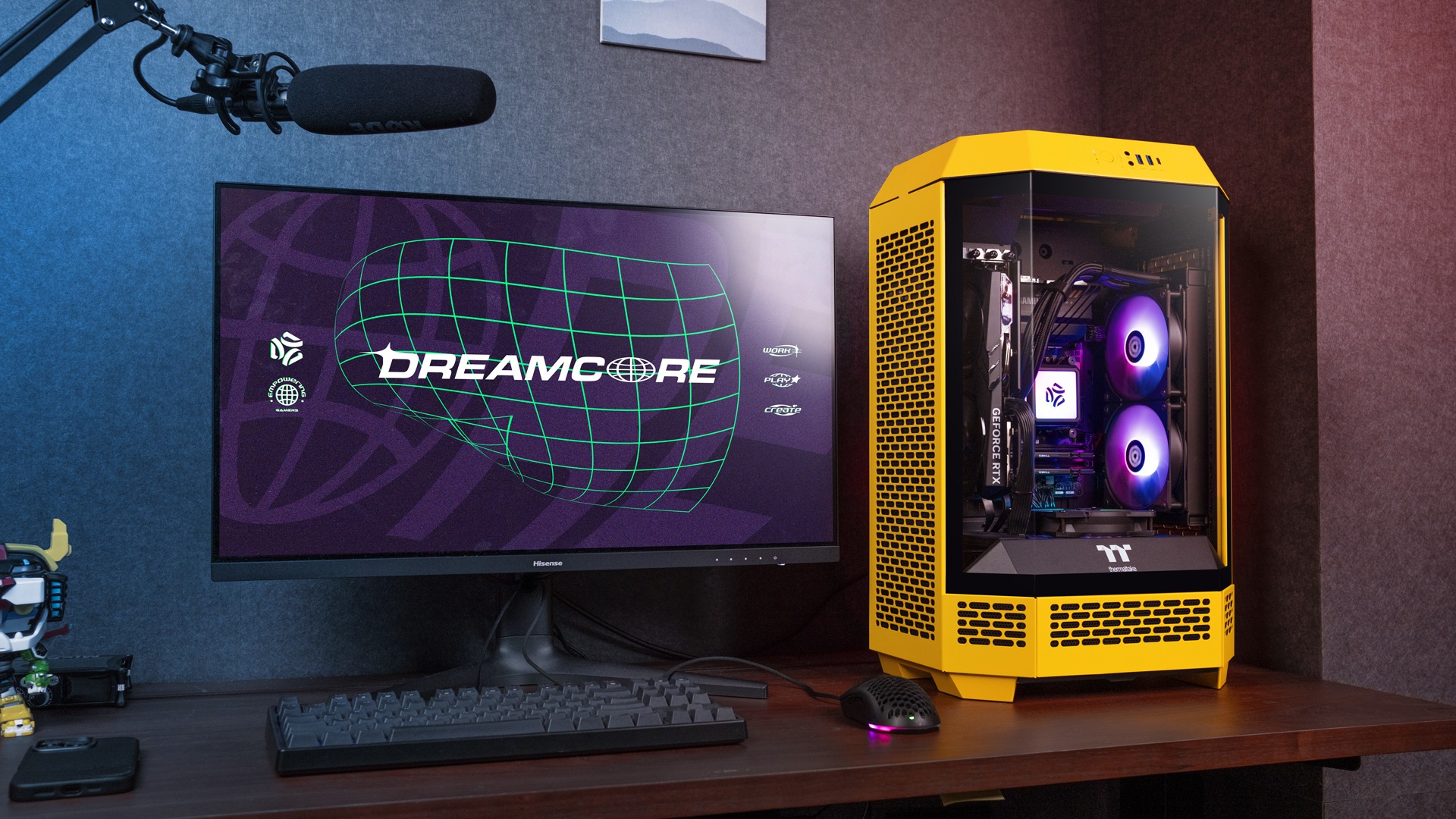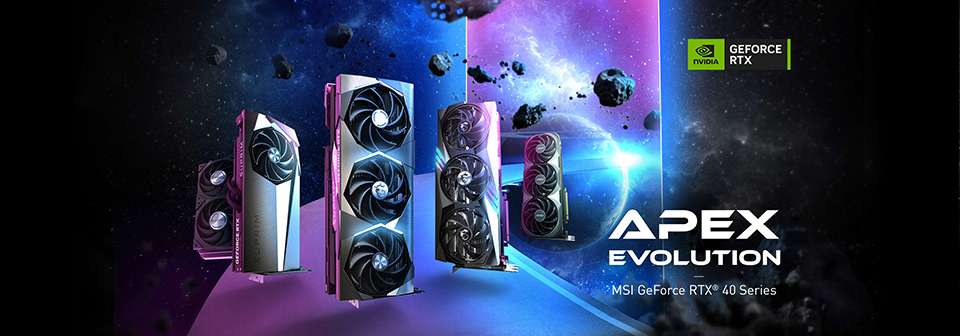Uncategorized
Jan 16, 2019
Your SuperSolid Monitor now works with NVIDIA G-Sync!
SuperSolid owners rejoice – in addition to FreeSync, your SuperSolid X270 and R270 will now work with NVIDIA G-Sync!

To get it to work, you’ll need to have an NVIDIA graphics card and the latest 417.71 WHQL drivers from NVIDIA.
Acquire the driver either through GeForce Experience or via this link here, and once that’s been installed, follow the steps listed below to get started.
Enabling G-Sync on G-Sync compatible monitors
- 1. Ensure your SuperSolid monitor is connected to your GeForce RTX 20-Series or GeForce GTX 10-Series graphics card using a DisplayPort cable
- 2. Enable the Variable Refresh Rate (FreeSync) functionality of your display by using the monitor’s controls and On-Screen Display (OSD)
- 3. Open the NVIDIA Control Panel from the bottom right of Windows
- 4. Expand the “Display” section
- 5. Click on “Set up G-Sync”
- 6. Tick the “Enable G-Sync, G-Sync Compatible” box
- 7. Tick the “Enable settings for the selected display model” box
- 8. Click “Apply” on the bottom right
- 9. If the above isn’t available, or isn’t working, you may need to go to “Manage 3D Settings”, click the “Global” tab, scroll down to “Monitor Technology”, select “G-Sync Compatible” in the drop down, and then click “Apply”
- 10. Additionally, you may need to go to “Change Resolution” on the left navigation bar and apply a higher refresh rate, or different resolution

Screen Tearing
Variable Refresh Rate technologies like FreeSync and G-Sync alleviate the problem of screen tearing.
To put it simply, this happens when the display’s refresh rate is out of sync with the framerate of application that’s on the display, causing the display to show multiple frames in a single draw.
Here’s an example of screen tearing in action:

We’ve tested this on our end, and found that screen tearing is alleviated especially for framerates below 60fps – if your framerate is higher than 60fps, you might need to cap the framerate at 59fps before seeing improvements in screen tearing.
Thanks NVIDIA, and we hope the rest of you enjoy the new functionality on your monitor!
 Blog & Newsroom
Blog & Newsroom
Latest news & updates about machines made to measure.

